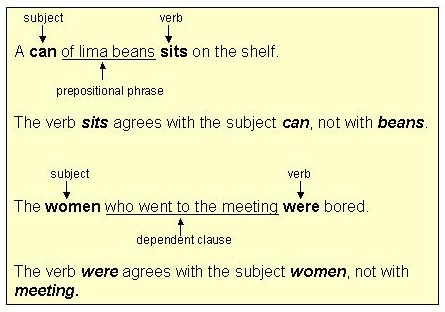If you’re not the one then why does my soul feel glad today?
Jika kau bukan orangnya lalu kenapa jiwa ku merasa sangat senang hari ini ?
If you’re not the one then why does my hand fit yours this way?
Jika kau bukan orangnya lalu kenapa tanganku cocok dengan milikmu
If you are not mine then why does your heart return my call
Jika kau bukan milikku lalu kenapa hatimu membalas panggilanku
If you are not mine would I have the strength to stand at all
Jika kau bukan milikku apakah aku bahkan bisa berdiri dengan tegar
I'll never know what the future brings
Aku tidak pernah tau apa yang ada dimasa depan
But I know you're here with me now
Tapi aku tau kalau kau ada disini bersamaku
We’ll make it through
Kita akan berhasil melaluinya
And I hope you are the one I share my life with
Aku harap kaulah orangnya yang menghabiskan hidup bersamaku
I don’t want to run away but I can’t take it, I don’t understand
Aku tidak ingin pergi tapi aku tak bisa lagi bertahan, aku tidak mengerti
If I’m not made for you then why does my heart tell me that I am?
Jika aku tidak tercipta untukmu lalu kenapa hatiku justru berkata begitu
Is there any way that I can stay in your arms?
Apa ada cara agar aku bisa tetap berada dipelukanmu ?
If I don’t need you then why am I crying on my bed?
Jika aku tidak membutuhkanmu kenapa aku menangis di tempat tidur
If I don’t need you then why does your name resound in my head?
Jika aku tidak membutuhkanmu kenapa namamu terus bergema di kepalaku
If you’re not for me then why does this distance maim my life?
Jika kau bukan untukku lalu kenapa jarak ini melukai hidupku ?
If you’re not for me then why do I dream of you as my wife?
Jika kau bukan untukku lalu kenapa aku memimpikanmu sebagai istriku ?
I don’t know why you’re so far away
Aku tak tau kenapa kau begitu jauh
But I know that this much is true
Tapi aku tau kalau ini benar
We’ll make it through
Kita akan melaluinya
And I hope you are the one I share my life with
Dan aku harap kau orangnya yang menjalani hidup denganku
And I wish that you could be the one I die with
Aku harap kau orangnya yang bersamaku hingga mati
And I pray in you’re the one I build my home with
Dan aku berdoa, kaulah yang membangun rumah bersamaku
I hope I love you all my life
Aku harap aku mencintaimu sepanjang hidupku
I don’t want to run away but I can’t take it, I don’t understand
Aku tidak ingin pergi tapi aku tak bisa lagi bertahan, aku tidak mengerti
If I’m not made for you then why does my heart tell me that I am?
Jika aku tidak tercipta untukmu lalu kenapa hatiku justru berkata begitu
Is there any way that I can stay in your arms?
Apa ada cara agar aku bisa tetap berada dipelukanmu ?
‘Cause I miss you, body and soul so strong that it takes my breath away
Karena aku merindukanmu, tubuh dan jiwa yang membawa nafasku pergi
And I breathe you into my heart and pray for the strength to stand today
Dan menarikmu kedalam hatiku dan meminta kekuatan untuk bertahan hari ini
‘Cause I love you, whether it’s wrong or right
Karena aku mencintaimu, entah itu salah atau benar
And though I can’t be with you tonight
Dan meskipun aku tidak bisa bersamamu malam ini
You know my heart is by your side
Kau tau kalau hatiku selalu ada disisimu
I don’t want to run away but I can’t take it, I don’t understand
Aku tidak ingin pergi tapi aku tak bisa lagi bertahan, aku tidak mengerti
If I’m not made for you then why does my heart tell me that I am?
Jika aku tidak tercipta untukmu lalu kenapa hatiku justru berkata begitu
Is there any way that I can stay in your arms?
Apa ada cara agar aku bisa tetap berada dipelukanmu ?






























